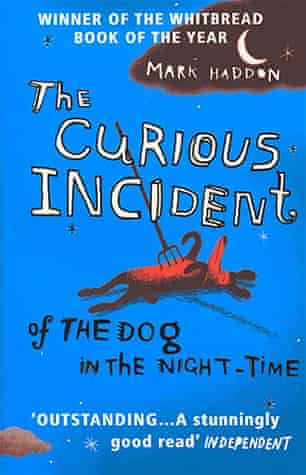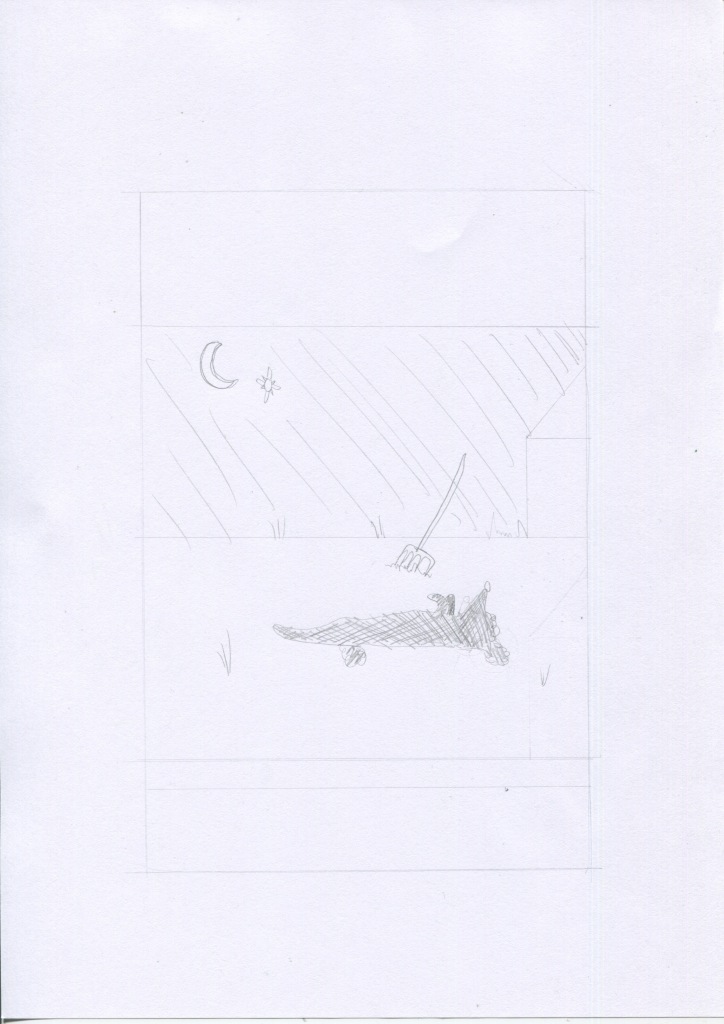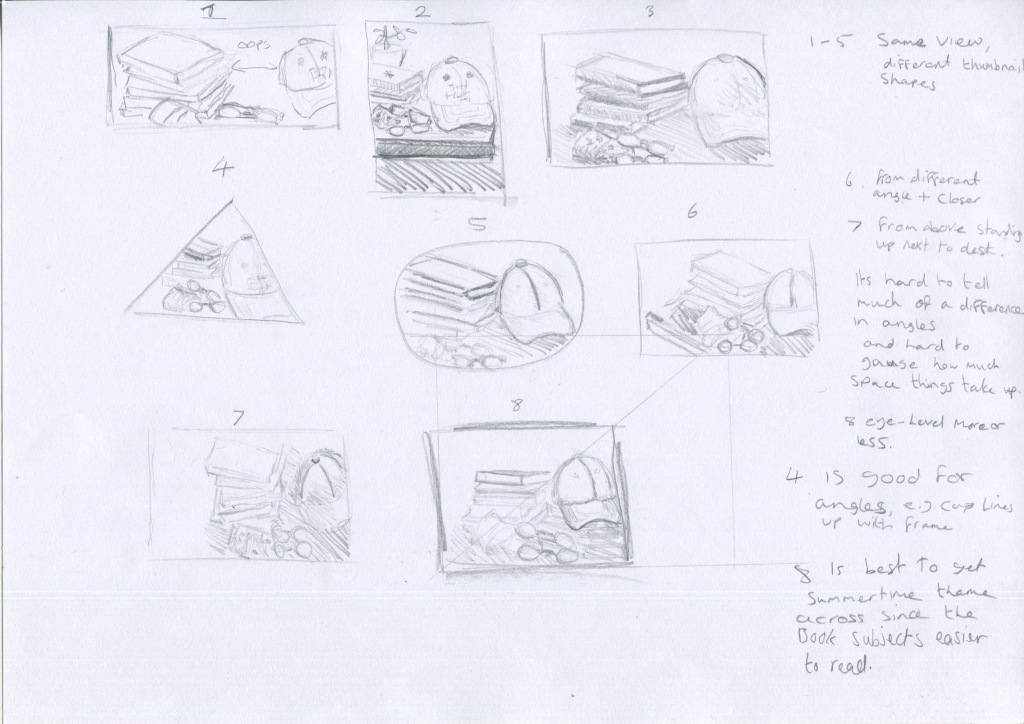This goal of this exercise is to mock-up a book cover.
The book I have chosen is called The Curious Incident of the Dog in the Night-Time. I have owned this book a long time and haven’t read it in years.
I first re-read the blurb.
The curious incident of the dog in the night-time is a murder mystery novel like no other.The detective, and narrator, is Christopher Boone. Christopher is fifteen and has Asperger’s Syndrome. He knows a very great deal about maths and very little about human beings. He loves lists, patterns and the truth. He hates the colours yellow and brown and being touched. He has never gone further than the end of the road on his own, but when he finds a neighbour’s dog murdered he sets out on a terrifying journey which will turn his whole world upside down.
The Curious Incident of the Dog in the Night-Time. Blurb
Noted at the bottom of the page: Cover illustration copyright Marc Boutavant; cover design copyright Suzanne Dean; hand lettering copyright Tim Marrs.
I gather from this that Suzanne Dean, whose job title is Creative Director (stated on her instagram profile as there was nothing in the ‘about’ section on her website) possibly created the client visual herself and then Marc Boutavant created the final illustration for it.
In any case, the next thing I considered was the brief that would have been given for this book cover.
So here is my attempt at the brief:
Create a book cover for The Curious Incident of the Dog in the Night-Time.
Follow the client visual provided by Suzanne Dean but in your own style. (Optional, to be included if she did make the visual)
Leave space at the top and bottom for text to be added later.
We want the image to perform the function of prompting curiosity and to draw people to it when they see the book on sale in stores.
Keep in mind this story is supposedly written by a teenage boy. This may influence style.
This is a murder mystery novel so I think something similar to the original illustration will be good.
Here is the cover of the book I have:

So I started. I thought first of all about doing a spider diagram but the parameters are more strict for this stage, so the next thing I moved on to was thumbnails. I used a vertical rectangle to keep the thumbnail the same proportions as the finished illustration and keeping this idea in mind- Victim: dog, murder weapon: rake, location of murder: Outside garden, and time of death: night-time.
Here are the thumbnails:

I chose to use thumbnail 4 as it would create contrast and be more eye-catching. I then made a line visual of this thumbnail layout:

I then thought about what materials to use. I have been trying to use different materials and wanted to avoid watercolours as I use them often. I decided to use watercolour pencils, take a scan and then add water and overlay the dry image onto the wet one to preserve texture.
Here are the wet and dry images:


I then used photoshop to edit the image and add the text:

I don’t currently own a printer so I was unable to test out a printed version but the digital image is in proportion to the book.
As you can see, the final image is quite different to the first drawing. I’m happy with the night sky and the house silhouette, I didn’t expect that to turn out so well. I’m a bit annoyed with the horizon line and I would have liked to use different font. I think the fonts I used were ok, I couldn’t find the perfect one to use so I will need to buy some more fonts.
I think there isn’t so much contrast as I originally hoped but it looks pretty!
































